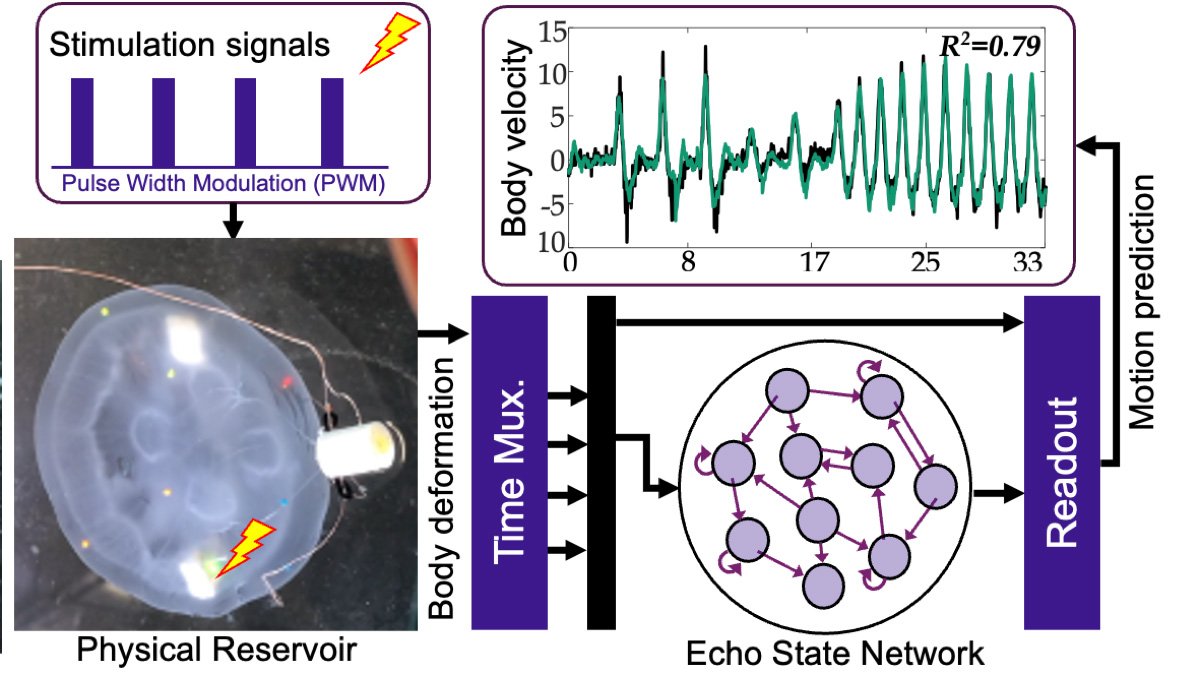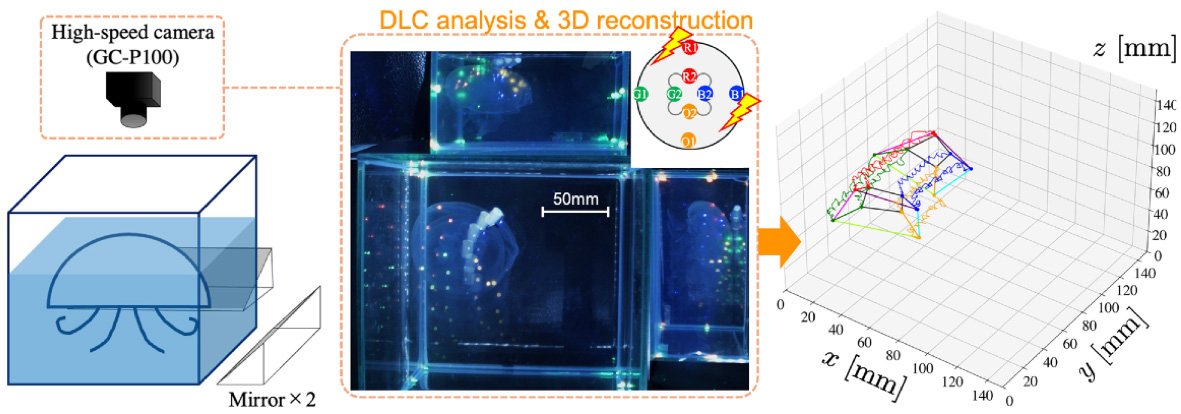Unlike fish, jellyfish lack bones and possess a sole rudimentary nerve net, yet they can travel considerable distances with minimal energy expenditure. A jellyfish's seemingly effortless glide through the water is thanks to a ring of muscle within its soft belly, which creates a simple jet that propels it forward. Scientists refer to this intrinsic capability as "embodied intelligence," which suggests that the organism's physical structure plays a role in problem-solving.
When harnessed, this locomotion provides an efficient means to monitor coral reefs, track oil spills, and observe climate trends. "Jellyfish cyborgs" require minimal power and operate without engines, limiting the environmental impact associated with current methods of studying the vast expanse of the ocean.
In a groundbreaking study, a research team, led by Dai Owaki, an associate professor in the Department of Robotics at Tohoku University's Graduate School of Engineering, successfully modulated the swimming behavior of jellyfish using gentle electric pulses. Moreover, they utilized a lightweight artificial intelligence (AI) model to predict the swimming speed of each jellyfish.
The findings, which were published in the journal Nature Communications, illustrate the collaborative potential between soft-bodied marine animals and basic electronic systems in aquatic environments, all while preserving the animals' natural swimming style.
"Our research team posed two interconnected questions," says Owaki. "First, can we identify a pulse pattern that the jellyfish accepts, enabling it to swim at predetermined speeds without undue stress? Second, once the jellyfish responds to these signals, can we develop a compact AI tool capable of predicting its movement in any direction? By addressing these inquiries, we can pave the way for low-energy, environmentally friendly oceanic probes."

Owaki's team also included Max Austin, an assistant professor, and Kohei Nakajima, an associate professor, both from the Department of Mechano-Informatics at the Graduate School of Information Science and Technology, The University of Tokyo, as well as Shuhei Ikeda and Kazuya Okuizumi from Kamo Aquarium in Tsuruoka City, Yamagata Prefecture.
The team positioned miniature electrodes on the jellyfish's muscle ring and delivered brief electric pulses every 1.5 to 2 seconds. Each swimming event was recorded using one camera with 2 mirrors, and the complete three-dimensional trajectory was reconstructed on a laptop. The most effective pulse timing aligned with the jellyfish's natural rhythm, resulting in increased swimming speed. This data was then input into a lightweight hybrid "physical reservoir" AI model that incorporates the jellyfish's body as an integral component of the computational system. The model demonstrated sufficient accuracy in predicting future speeds in all transverse directions.
"We were intrigued to discover that the most effective control signals were not the rapid pulses, but rather those that mirrored the jellyfish's natural rhythm," adds Owaki. "Attempts to use stronger or faster pulses led to decreased swimming efficiency and erratic movement, underscoring the importance of aligning with the rhythms of nature, rather than opposing them."

The idea of a living organism acting as a computational device may sound like science fiction, but it has the potential to revolutionize multiple fields. In robotics, soft-bodied organisms could inspire innovations in designs that feature self-healing and flexible properties. In climate research, fleets of cyborg jellyfish could navigate the oceans for extended periods, mapping temperature, salinity, and plastic pollution without the need for batteries. This study thus connects marine science and engineering through the development of a unique, gentle cyborg swimmer.
Jellyfish were chosen for this research because of their remarkable swimming efficiency among marine animals, making them an ideal model for exploring the synergy between biological systems and simple hardware. Observing these graceful creatures glide through the water inspired the research team to develop technology that harmonizes with, rather than disrupts, living ecosystems.
- Publication Details:
Title: Harnessing Natural Embodied Intelligence for Spontaneous Jellyfish Cyborgs
Authors: Dai Owaki, Max Austin, Shuhei Ikeda, Kazuya Okuizumi, Kohei Nakajima
Journal: Nature Communications






